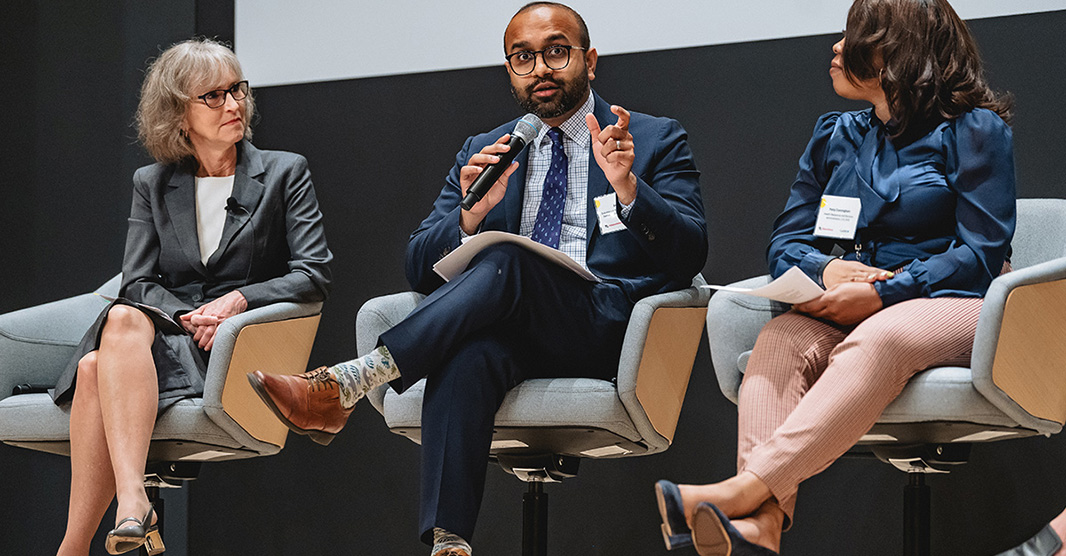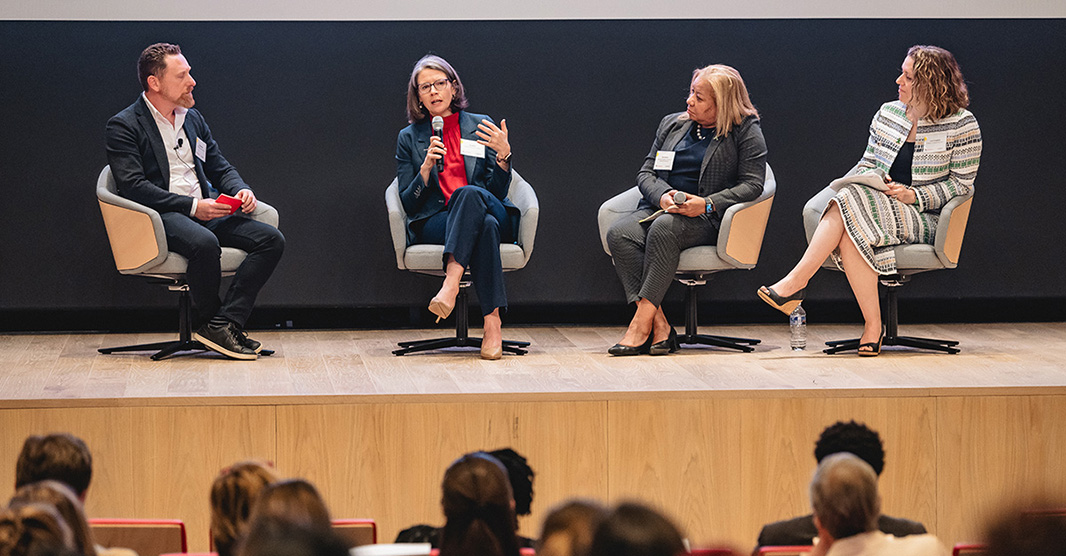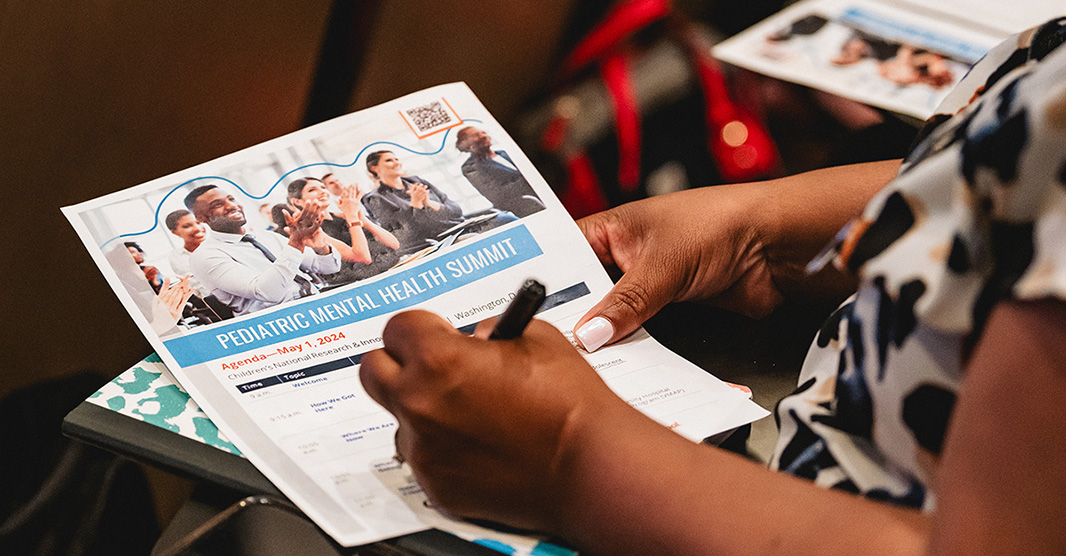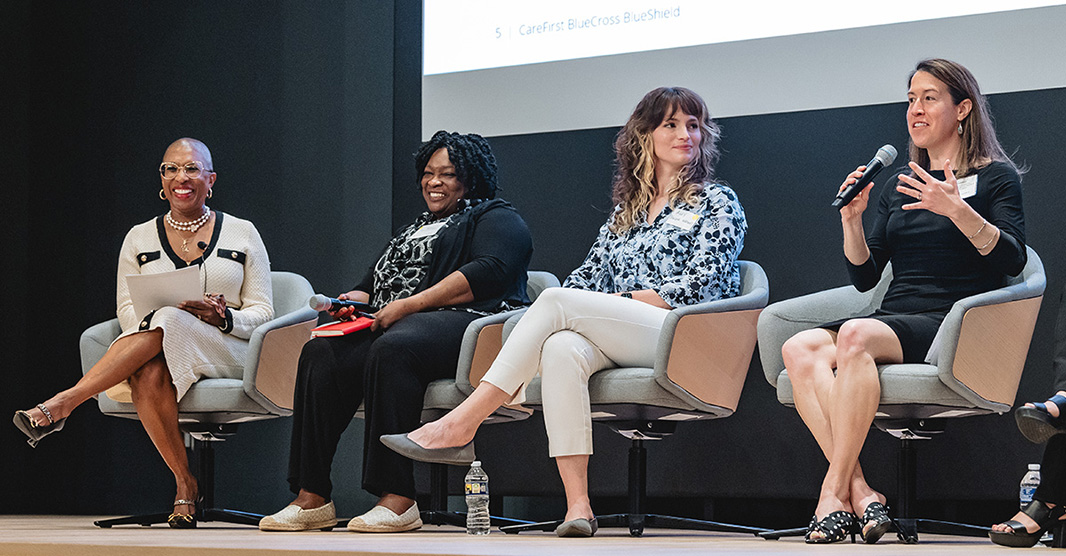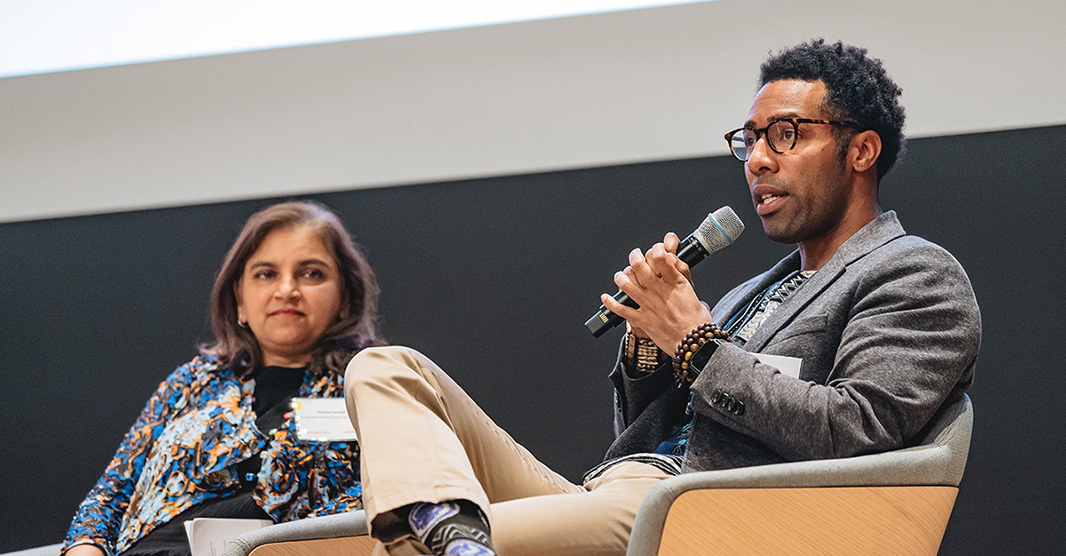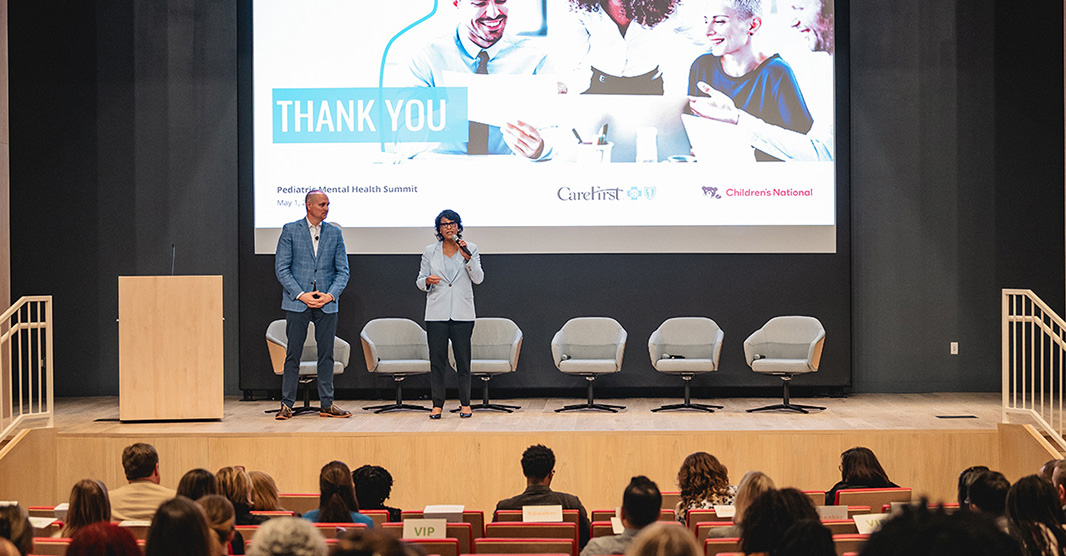Unique alliance expands access to mental health support for kids
CareFirst BlueCross BlueShield (CareFirst), one of the largest not-for-profit healthcare organizations in the nation, and Children’s National Hospital, a top-ranked children’s hospital located in Washington, D.C., announced a new alliance that’s taking a unique approach to help address the youth mental health crisis and improve health outcomes.
As part of this alliance, CareFirst has increased the reimbursement for preventive and mental health care for primary care providers who go through specialized mental health training focused on depression, suicide prevention, anxiety, ADHD and eating disorders. The training is offered through the Pediatric Health Network, the clinically integrated network of healthcare providers for Children’s National, to its more than 1,500 members including more than 700 primary care physicians.
In 2021, U.S. Surgeon General Dr. Vivek Murthy issued an advisory detailing an urgent youth mental health crisis. Unfortunately, access to pediatric mental health care is a national challenge, and for children and families, timely and effective support can be elusive. Empowering primary care providers with specialized training will help break down barriers and reshape care delivery.
“Providers face challenges due to limited resources and insufficient support in addressing pediatric mental health needs. CareFirst’s commitment to increasing reimbursement for mental health care underscores the integral role of primary care providers in this space,” says Nathaniel Beers, M.D., executive vice president for Community and Population Health for Children’s National Hospital. “With these trainings, our providers gain the knowledge, tools and confidence to handle sensitive conversations, offer vital support and make informed referrals when needed.”
The alliance executes a value-based care payment model for the Children’s National network of community physicians, enhancing benefits to offer more value to physicians and patients while aiming to drive improved outcomes, patient experience and coordination in care. By embedding mental health care within the familiar confines of primary care settings, this initiative ensures children receive timely interventions in an environment they trust.
This work to improve access to mental health services is just one part of the broader unique payer-provider alliance between CareFirst and Children’s National to address healthcare disparities and social determinants of health. Targeted pediatric interventions are set upon three pillars:
- Value-based care
- Community health initiatives
- Member benefit enhancements
Each pillar is delivered and informed by experts from both organizations with distinct tactics and funding designed for three key priority health conditions:
- Behavioral and mental health
- Diabetes
- Infant mortality
“As the lines continue to blur between payers and providers, with vertical integration and the reimbursement shift from volume to value, insurers and hospitals need to continue to evolve their relationships with each other,” said Brian Wheeler, executive vice president of Health Services for CareFirst. “This model aims to address the need for affordable healthcare, employing a patient-centric approach that encourages seamless treatment for the patient and provider.”
The next major program in development is focused on improving diabetes care through early diagnosis to lessen vulnerability and severity and improve long-term positive health outcomes.
Community health initiatives will continue to be developed through the Children’s National Child Health Advocacy Institute and Community Health programs with the support of CareFirst’s philanthropic efforts.




